When pastors call for help resolving congregational conflict, Craig Gilliam usually declines. Conflict resolution, he says, may not be a good idea.
I often get phone calls from pastors and other congregational leaders who want help resolving conflict -- as soon as possible. Usually I decline, at least initially, telling them that I probably can’t be much help if conflict resolution is their goal. Indeed, I explain, resolution may not be desirable or even possible in most conflicts. And almost never is a quick fix a good idea.
But if they are interested and willing, I offer to walk with them as they and their congregations learn from, grow through and are transformed by the heat of conflict. I offer to assist them as they are “redeemed from fire by fire,” as the poet T.S. Eliot wrote. No, I can’t help them resolve their conflict. But I can help them learn to live with the tension, moderate the anxiety and grow from conflict. For me, “conflict resolution” is not about resolving anything. It is about maturity, not resolution; growth, not comfort; deepening the soul, not simply easing the spirit.
The problem with “conflict resolution” is that it creates or reinforces the notion that conflict is bad, sinful and destructive and should not exist. Once we stop seeing resolution as an end in itself, we can understand more clearly the real nature of the underlying conflict -- what it says about the system, the living body and its needs.
“Conflict resolution” tends to focus on “fixing what’s wrong,” while ignoring process. Yet process is the very thing of which relationships are made. Processing is learning how to relate to and how to connect with the other person or group while remaining self-differentiated or self-defined. Typically, when conflicts are “resolved,” either no one is happy or everyone is happy but isolated -- still trapped in their own egocentric selves, having achieved no deeper sense of community. The basic problem is not how to resolve conflict but how to be in conflict.
Sometimes communities that are in conflict and chaos focus on the need for “healing.” But what do people mean when they say they want to be healed? Often, I find that what people really mean is that they want things the way they want them. They want things as they were before. They want to feel secure or to have their own way.
When I work with congregations, I have three assumptions about healing:
- People can only be healed if they want to be healed and are willing to take responsibility for it.
- People have healing resources within themselves. Healing is an inner process and responsibility that cannot come from external sources. Although outside forces can help people find inner strength, healing must ultimately be found within. As the writer Marc Barasch notes, “Healing is more a process of uncovering what we already posses rather than manufacturing a ‘better self’.”
- As mindfulness researcher Jon Kabat-Zinn writes, healing is largely about coming to terms with and accepting things as they are. In my experience, most systems in chaos do not need to focus as much on healing as they do on maturity and quality of life for the community.
As long as a community focuses on healing, it continues to focus on pathology. It lives into being victims and adapts to its weaknesses. Of course the underlying hurts and grievances should not be ignored. But by focusing on maturity, meaning, direction and purpose, a community has a greater chance to obtain genuine healing and move forward. Healing is a by-product of maturity and growth, not the goal.
Whenever I work with congregations, one of my basic premises is that where they are is where they need to be. If they can accept and be where they are and listen into their system/community, they will hear what the living body, the body of Christ, is telling them and us. They will hear and see what is trying to emerge and where it is leading them to go for their own and the community’s growth and evolution.
Eventually, when the time is right, the tension will resolve itself. With that knowledge, we can relax and try not to solve it too quickly. In Unfolding Meaning, David Bohm writes, “Tension is almost essential for harmony. It is not stillness; it is more an active stillness. If you take a musical composition, harmony is the harmony of movement, and movement of various themes which have tension between them.”
Out of the tension comes the music.
(First published in Faith and Leadership in January, 2009)



